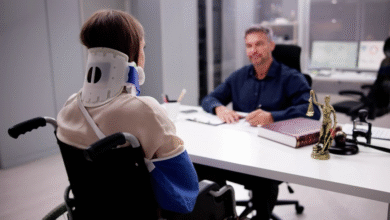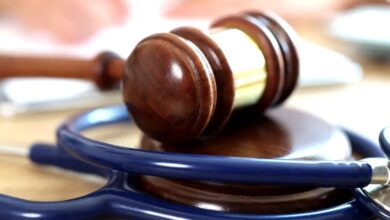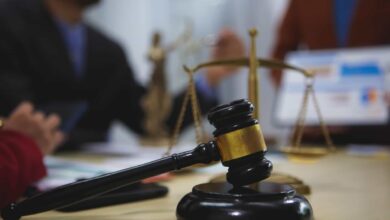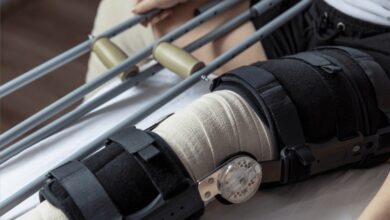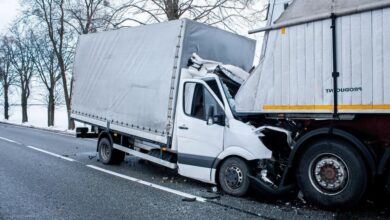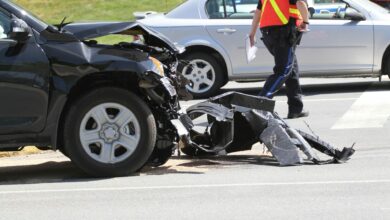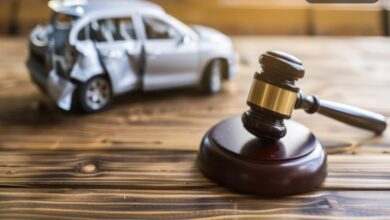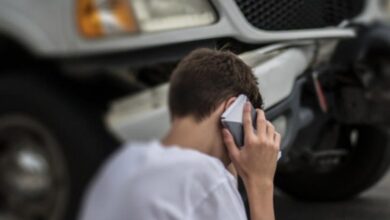What Motorcycle Accident Evidence Proves Negligence
Injured in a Fort Myers motorcycle accident? A skilled lawyer can help prove fault, gather evidence, and secure fair compensation for your recovery.
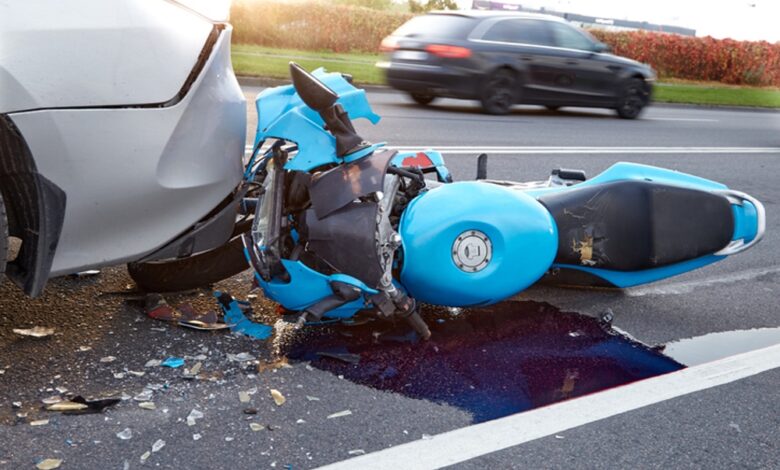
Motorcycle accidents can turn lives upside down, leaving behind physical pain, emotional trauma, and financial strain. The open-road freedom riders enjoy also means less protection, and in places like Fort Myers, with its busy coastal roads and tourist traffic, accidents can happen in a heartbeat. When they do, determining who was at fault becomes critical to pursuing fair compensation. This is where a Fort Myers motorcycle accident lawyer plays a vital role.
A motorcycle accident lawyer helps victims gather and interpret the evidence that tells the story of what happened. From witness statements to surveillance footage, every detail makes a difference in proving negligence. Understanding which pieces of evidence hold the most weight can strengthen your case and also ensure that those responsible are held accountable for their actions.
Eyewitness Testimonies
Eyewitness reports can provide helpful evidence of an accident. Their accounts provide an impartial description of what happened before the incident. For example, a witness can describe the type of behavior exhibited by the parties, such as speeding or running a stop sign. However, all these make the observations clearer.
Police Reports
Accident investigations rely heavily on police reports. Officers record important facts, such as the weather and whether the road was blocked or the law was violated. This helps to put together the timeline of events. A complete report typically outlines possible violations of the traffic laws, which reinforces the evidence of negligence.
Photographic Evidence
Images of the crash scene right after the incident can be invaluable evidence for attorneys to build their cases. They disclose crash debris, tire marks, and road surface. Images can show the severity of the crash and serve as a visual record of negligence. Photos from different angles can help solidify your case.
Surveillance Footage
Cameras in the vicinity can provide convincing proof. The incident may have been captured on traffic cameras, by businesses in the area, or by a dashcam. This type of footage provides an immediate window into on-scene actions, reactions, and all related aspects of the accident. This type of evidence is invaluable, as it is used to affirm or refute allegations made by the parties.
Expert Testimony
Experts evaluate evidence and share opinions. Experts in accident reconstruction analyze the damage to vehicles, the road conditions, and the context of the accident. They also specialize in determining the velocity and course of vehicles. Doctors can testify about injuries and relate their seriousness and causation to the accident.
Vehicle Damage Analysis
We can tell how the cars collided based on the location and extent of damage to them as well. Studying the dings, scratches, and points of impact assists with scenario reconstruction. It provides a hint about the party that may have acted negligently. Vehicle damage analysis helps identify who is at fault.
Traffic Signal Data
Traffic signal data can confirm whether signals were operating properly. Faulty lights may lead to an accident. Alternatively, records may indicate that the driver ran a red light or a stop sign. That information substantiates allegations of negligence per se for traffic violations.
Mobile Phone Records
Distracted driving is a significant contributor to accidents. For instance, a driver’s call records can show whether they were distracted by their mobile phone during the period of the accident (e.g., calls, messages, and app usage). This provides further support for negligent driving claims or claims that the driver was not paying full attention to the road.
Skid Marks and Road Conditions
Skid marks have their own story to tell. It makes them brake or swerve, and react like a driver confronted with an incoming crash. You can get an approximate speed and a rough estimate of how well a person reacts by measuring these marks. The condition of the road, including the presence of potholes or debris, can also be a factor in determining whether negligence has occurred.
Weather Reports
Weather conditions affect driving behavior and the likelihood of car accidents. Circumstances are assessed based on reports of rain, fog, or ice. Weather conditions may heighten negligence, for example, by providing the driver with a reason to speed or lose control of the vehicle. Environmental considerations can help in deciding who’s to blame.
Medical Records
The nature of the injuries sustained can serve as an indication of the force of the impact. Documented medical histories of these injuries and how far and where the stage has been reached. They connect the injuries with the incident and substantiate the allegations of negligence. Thorough documentation also helps determine payment for medical bills and pain and suffering.
Conclusion
Proving negligence in a motorcycle accident is an endeavor that requires multiple layers of evidence. A clear narrative emerges through eyewitness accounts, police reports, and different types of evidence. Each piece contributes to the making of a whole. It also requires using these to make a compelling case for justice and reparations on behalf of the victims.



